Nov 04, V7N- This week, the U.S. Federal Reserve is widely anticipated to cut interest rates by another 25 basis points, as it aims to maintain stable inflation and support the economy, even as votes are being counted in a tightly contested presidential race between Democratic Vice President Kamala Harris and former Republican president Donald Trump. The Fed’s two-day meeting, beginning Wednesday, is expected to result in a rate cut that would bring the target range to between 4.50% and 4.75%, marking a gradual shift in its policy as inflation has been decreasing toward its 2% target, while economic growth and the job market remain steady, despite hints of slowing.
Market sentiment strongly backs this cut, with futures data assigning over a 99% probability of a quarter-point reduction. Analysts, including those at Goldman Sachs, expect a further cut in December, aligning with Fed efforts to balance inflation against economic growth. While Jill Cetina from Texas A&M University agrees with the predicted reduction, some warn that ongoing high government deficits could impact the Fed's future decisions, as sustained government borrowing might force interest rates higher over the long term.
The question of the Fed's independence has also resurfaced on the campaign trail, with Trump indicating a desire for influence over rate decisions, while Harris has emphasized respect for the Fed’s autonomy. However, given the need for Congressional approval to alter the Fed’s structure, a shift in the Fed's independence remains improbable regardless of the election outcome.
Meanwhile, rising borrowing costs have placed additional pressures on consumers and businesses, with the yield on U.S. Treasury notes climbing and the average 30-year mortgage rate approaching 7%. The Fed’s ongoing rate cuts are seen as an effort to mitigate these pressures, though persistent deficits could complicate the central bank's balancing act in the future.
END/BUS/RH/



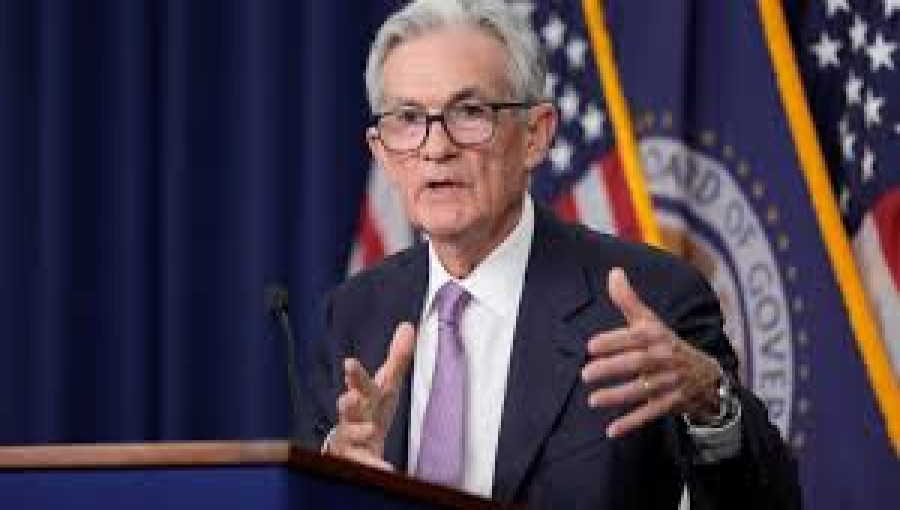
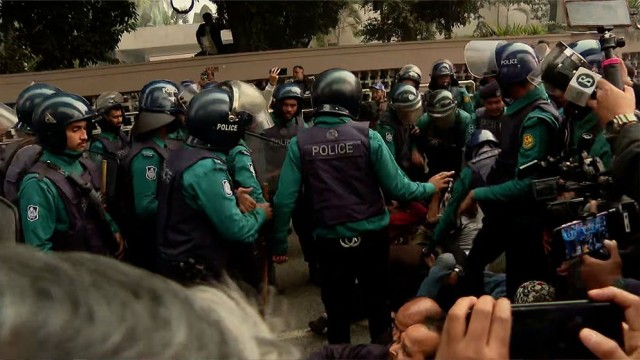
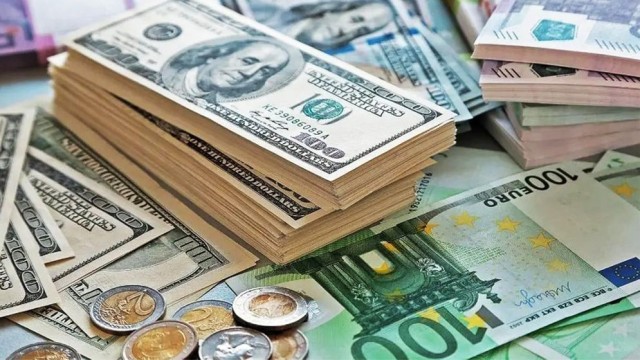



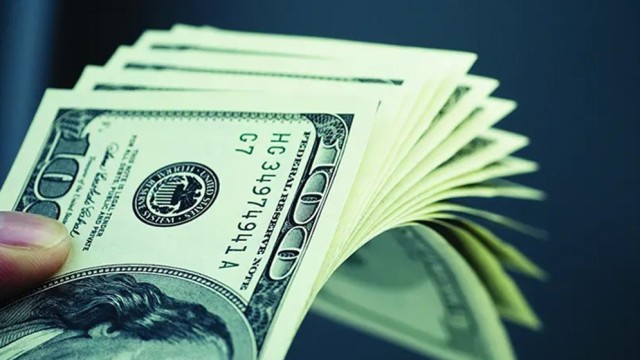


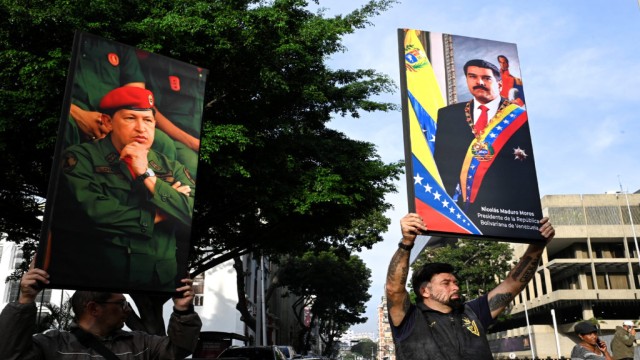
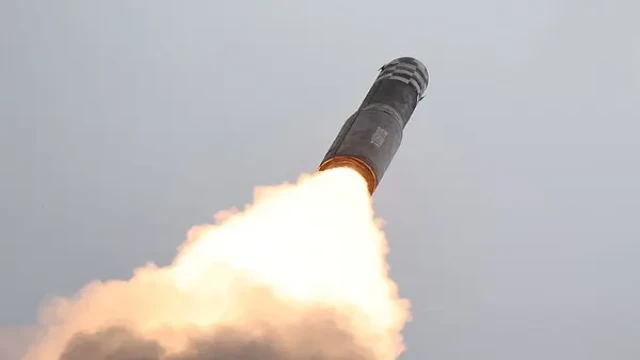
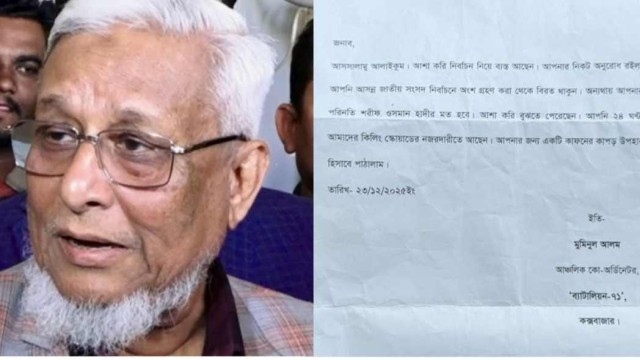







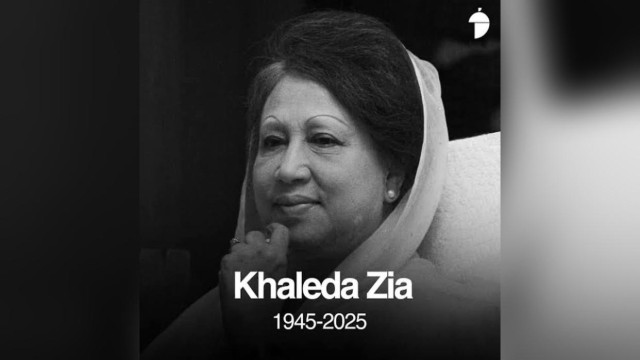



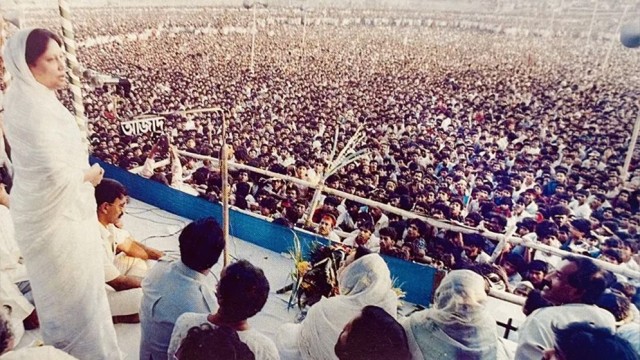

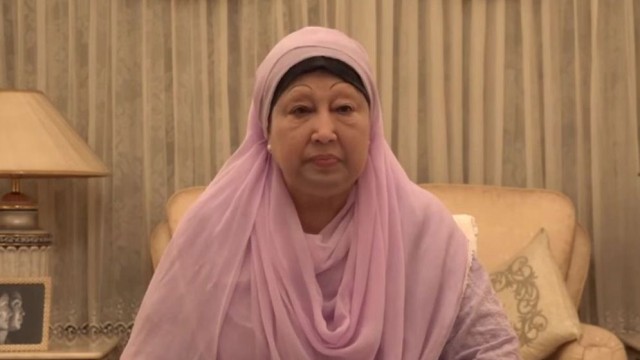


Comment: